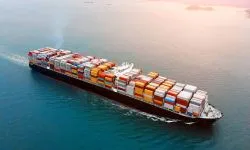In recent years, the cross-border e-commerce industry has shown remarkable growth and cargo throughput has risen significantly. In the post-epidemic era, many uncertainties have been affecting the efficiency of cross-border e-commerce logistics, and cross-border logistics enterprises need massive and timely information collaboration to cope with the uncertainties.
In terms of the characteristics of international logistics, whether it is cross-border e-commerce logistics, general trade logistics, or processing trade logistics, all are part of international logistics. However, due to the different standards, duplication of orders and isolation of each player in the international logistics industry, the information between the links is not transparent and trust is lacking.
In this context, how can cross-border logistics companies improve their competitiveness and better increase customer stickiness?
The earliest time I heard of the concept of cross-border in 2014 was e-commerce. And in ordinary trade, international trade was used, not cross-border trade. So then people would say cross-border as e-commerce, and cross-border logistics would also be said to be cross-border e-commerce logistics. But if we extend it a bit more, in international logistics, combining the three different trade forms of e-commerce logistics, general trade logistics, and processing trade logistics, we can actually look at it in a more granular way. So how to combine technology with these particles?
First of all, from the perspective of the total plate, when the trade is reached, the cross-border trade system, whether in the form of e-commerce or general trade, is actually no different from the domestic. Even if there is a difference, there is only one, and that is the addition of a clause on foreign exchange management and the addition of support on settlement. The rest is about making products and finding customers.
E-commerce is also a form of finding customers, turning B2B into B2B2C or B2C, which is a basic trade form. Down the delivery chain, you will find that the difference between domestic logistics and international logistics is very big. It is not a question of adding just one item between the two, it is N. Whether in terms of personalization, standardization, or in terms of processes or in terms of the number of nodes in the service chain and the number of different targets served, are not of the same order of magnitude.
Secondly, in terms of the dimension of being regulated and the ease of delivery, it is not simply a matter of transport, international logistics and domestic logistics are very different. From trade to overseas enterprises, or overseas C-terminals, combined together, the domestic section, the overseas section, plus the trunk section. Broken down, the players involved are booking agents, fleets, warehousing companies, customs brokers, special customs control areas, yard terminals, shipping companies, airlines, and railway companies.
All of these companies have a role in cross-border logistics services or general trade logistics services called "freight forwarding". In my opinion, freight forwarders are not core providers of capacity, but are typically service integrators. If I do warehousing, I will also do freight forwarding at the same time, integrating the whole industry chain to do.

International logistics considers two dimensions
From two dimensions, the first dimension is that from the customer's order to the whole execution of the order, and then to receive the order, do the order, the whole execution of the link are on the same platform, there are different users to help him complete.
The second dimension, after placing an order, choose the suitable logistic management solutions.
For eTower, we need to practice these aspects. The first one is to start from the entrance side to the supply side to take orders and then to the last specific service personnel to make orders, all on one system. We can do on-demand, multi-screen, multi-terminal, and multi-language. The cargo owner can check the goods and see the data at any time at different ports, which is a direct mode of operation.
Secondly, the whole process is an online one-stop service, real-time, transparent, and visualized.
Thirdly, the automatic algorithm will project a more suitable route and delivery time for you based on your behavior.
International logistics cannot be locked in international logistics. If you lock into international logistics, it must involve strong competition and lower gross margins. As a cross-border player, the core lies in building scenario-based service capabilities and scenario control capabilities, helping offline service providers improve their gross margins through process optimization, helping shippers find ways to add value, and further helping them optimize from the service provider's perspective.
Contact eTower now to help you reduce your logistics convenience costs!
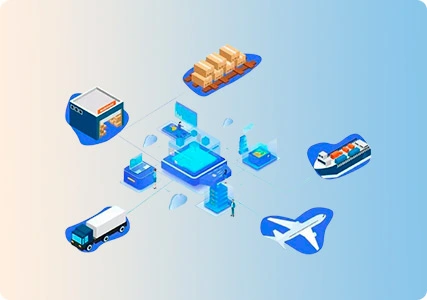
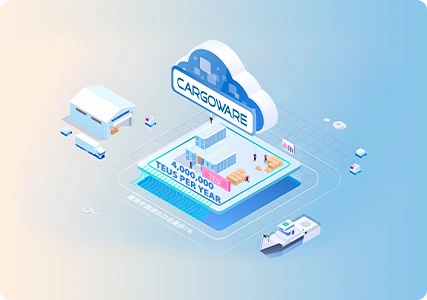
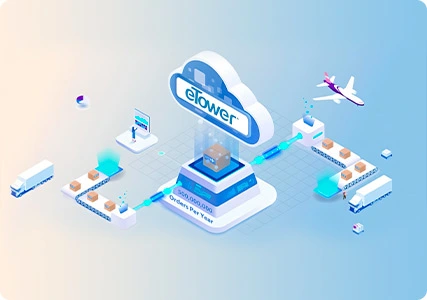
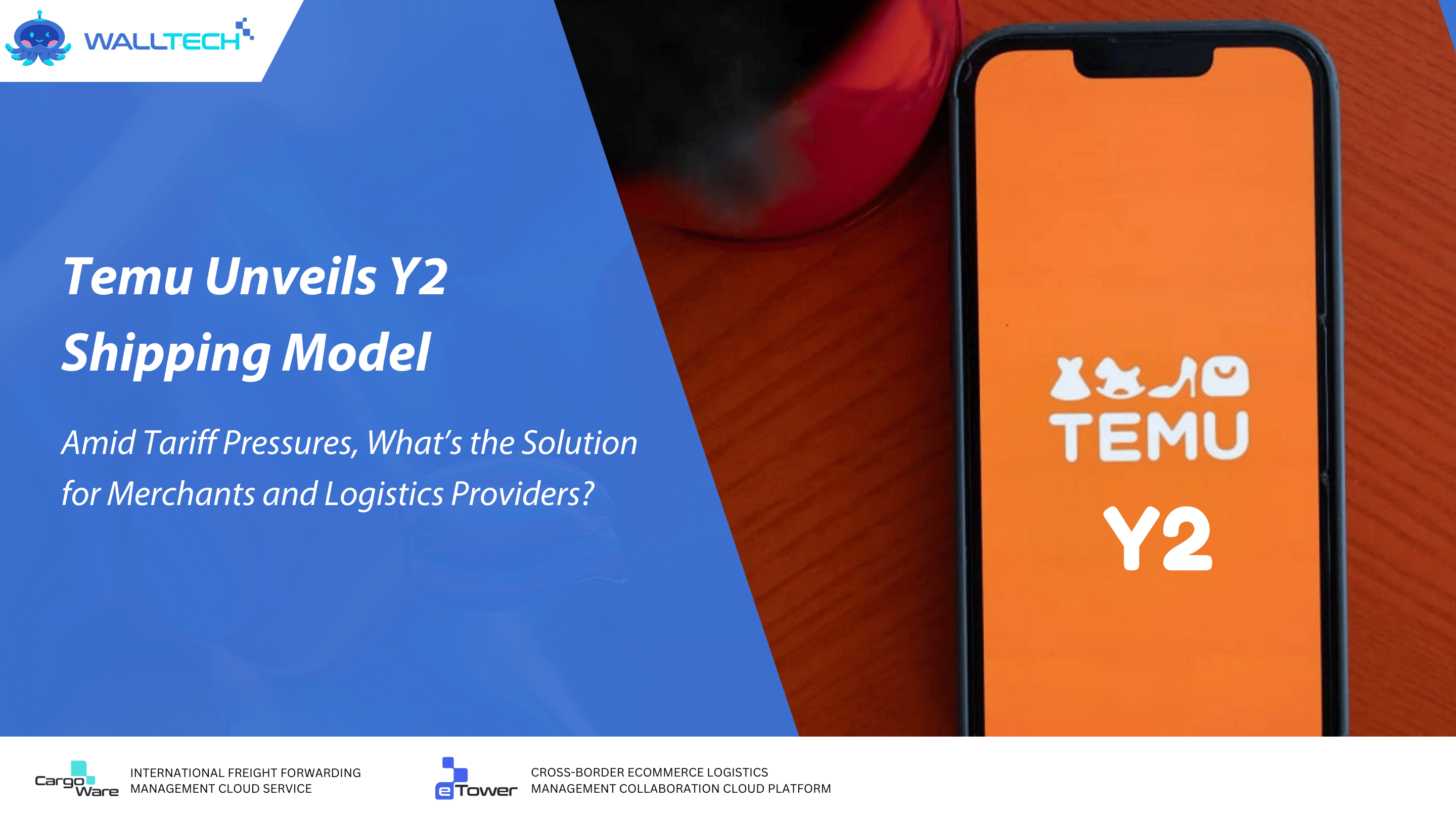

-2_20250228.webp)
